Clouds, and what they mean for the next generation
By RyanJW 12 Comments
While Microsoft is currently doing a lot of talking about the gaming cloud that it’s integrating with the Xbox One, it’s largely smoke and mirrors. In reality it’s just going to be a relatively conventional cloud as used for numerous other purposes such as hosting multiplayer servers and web applications. The cloud Sony’s integrating with the PlayStation 4 is almost guaranteed to be just as capable as Microsoft’s and able to augment games in exactly the same ways.
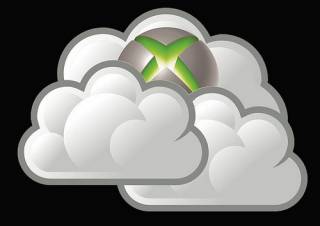
There’s nothing stopping PlayStation 3 and Xbox 360 games from being enhanced by cloud technologies either. Even though Microsoft and Sony are likely only making their gaming clouds available for integration with PlayStation 4 and Xbox One games, developers could easily make use of existing cloud services like Amazon and even Microsoft’s own Azure — thus bringing the same advantages to current-generation games.
It's important to remember that beneath the buzzword-filled marketing, clouds are simply servers. They're the same things that've been hosting multiplayer games and websites for many years, except now it's easier for developers to create and modify the servers quickly. But in terms of what they can do, it's not free hardware that can be used as efficiently as the components inside the console. And like with any server, there'll be latency as the data travels across the country (or world if you're unlucky).
To give some examples, clouds will be great for handling the physics of items in the game world. They should be able to help with AI too, allowing more non-player creatures to seemingly have minds of their own without crippling the console. But what clouds won't do very much for are things like increased detail, higher-resolution textures, and general graphical muscle — you're still bound by the graphics card for those.
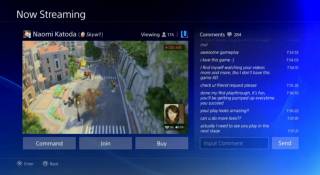
And all of this depends upon a constant, fast internet connection; the slightest blip will mean your game stops working entirely or is severely gimped. Depending on where you live that's potentially a significant issue; single-player games may cease to become safe bets when you know your connectivity is poor. It's also a great way of implementing always-online DRM even if the cloud isn't necessarily required, but let's not speculate.
It looks like Microsoft and Sony are keen to make their gaming clouds a big part of the marketing for their new consoles and probably don't particularly want developers using cloud technologies in current-gen games. That way, next-generation games will be even more distinguishable from current-gen games and that will help to offset the fact that the PlayStation 4 and Xbox One aren't as powerful as the cutting-edge PCs that gamers are increasingly reconsidering as an option.
Clouds are definitely a good thing, particularly for co-op and multiplayer games. But don't be taken in by the marketing too much — temper your expectations. And remember that Microsoft isn't the only cloud game in town.

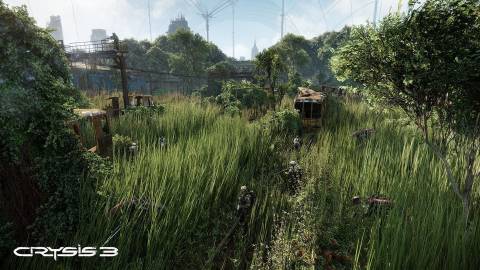
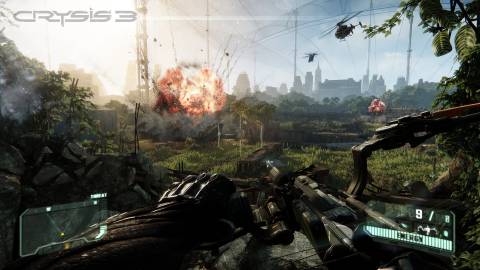
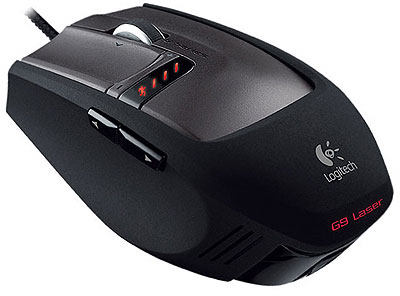
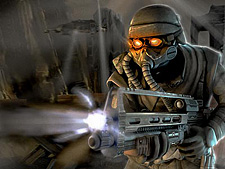
Log in to comment